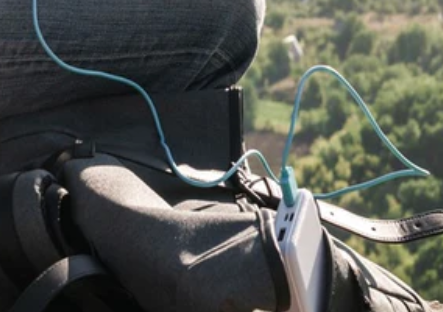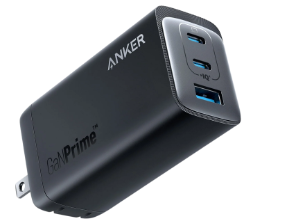
Power Bank Regulations: Essential Guide for Travelers
In our increasingly digital world, power banks have become essential travel companions. Whether you’re on a long flight, an international trip, or a quick weekend getaway, a fully charged power bank can keep your devices powered and your connections alive. However, it’s crucial to understand the regulations surrounding power banks when traveling by air. This guide will help you navigate the rules, ensuring you comply with airline and airport policies while maximizing your travel convenience.
What You Need to Know about the Power Bank Regulations
Understand Airline Regulations
Airline regulations regarding power banks primarily focus on safety, especially concerning lithium-ion batteries, which are commonly used in these devices. Due to their potential fire hazard when damaged or defective, aviation authorities have set specific guidelines that travelers must follow.
Capacity Limits: Most airlines adhere to regulations set by the International Air Transport Association (IATA), which limits power bank capacity. In most cases, power banks with a capacity of up to 100 watt-hours (Wh) can be carried in your carry-on luggage without needing prior approval. If your power bank exceeds this limit but is under 160 Wh, you may still be allowed to bring it onboard, although you will need to seek approval from the airline beforehand. Power banks over 160 Wh are typically prohibited.
Carry-On Only: Most airlines require power banks to be carried in your hand luggage rather than checked baggage. The reason for this is safety; in case of battery malfunctions, having the power bank on flight in the cabin allows for immediate response.
Quantity Limits: Generally, airlines allow passengers to carry multiple power banks, provided they are within the capacity limits. However, it’s wise to check with your specific airline as policies can vary.
Security Screening Procedures
When traveling with a power bank, you’ll need to comply with standard security screening procedures at airports. Here are some tips to ensure a smooth screening process:
Remove from Bag: Be prepared to take your power bank out of your bag for separate screening. This is similar to how laptops and larger electronic devices are treated.
Inspect for Damage: Before traveling, inspect your power bank for any signs of damage, such as cracks or swelling. If your power bank looks damaged, airlines may refuse to let you take it onboard due to safety concerns.
Best Practices for Traveling with a Power Bank
To ensure a hassle-free experience, consider these best practices when traveling with your power bank:
Check Airline Policies: Before your trip, check the specific policies of the airline you’re flying with. Policies can vary, and it’s best to be informed to avoid surprises at the airport.
Pack Smart: Carry your power bank in your carry-on bag, and avoid packing it in checked luggage. If possible, keep it easily accessible for security checks.
Charge Responsibly: Ensure your power bank is fully charged before your flight, but also be aware of the charging policies on the plane. While many airlines offer charging ports, some may restrict the use of personal charging devices during takeoff and landing.
Consider a Travel-Friendly Power Bank: Look for power banks with features that enhance your travel experience, such as multiple output ports, fast charging capabilities, and built-in safety mechanisms.
Have Backup Options: Depending on your destination, consider having multiple charging options available, such as a wall charger or a solar charger, especially if traveling to remote areas.

Conclusion
Power banks are invaluable travel accessories, but understanding their regulations is crucial for a smooth flying experience. By adhering to airline policies regarding capacity limits and carrying procedures, you can enjoy the convenience of a charged device without running into trouble at the airport. Always check with your airline beforehand, pack your power banks wisely, and prioritize safety to make the most of your travels. With the right knowledge and preparation, you can ensure that your devices stay powered up, allowing you to stay connected throughout your journey. Safe travels!




